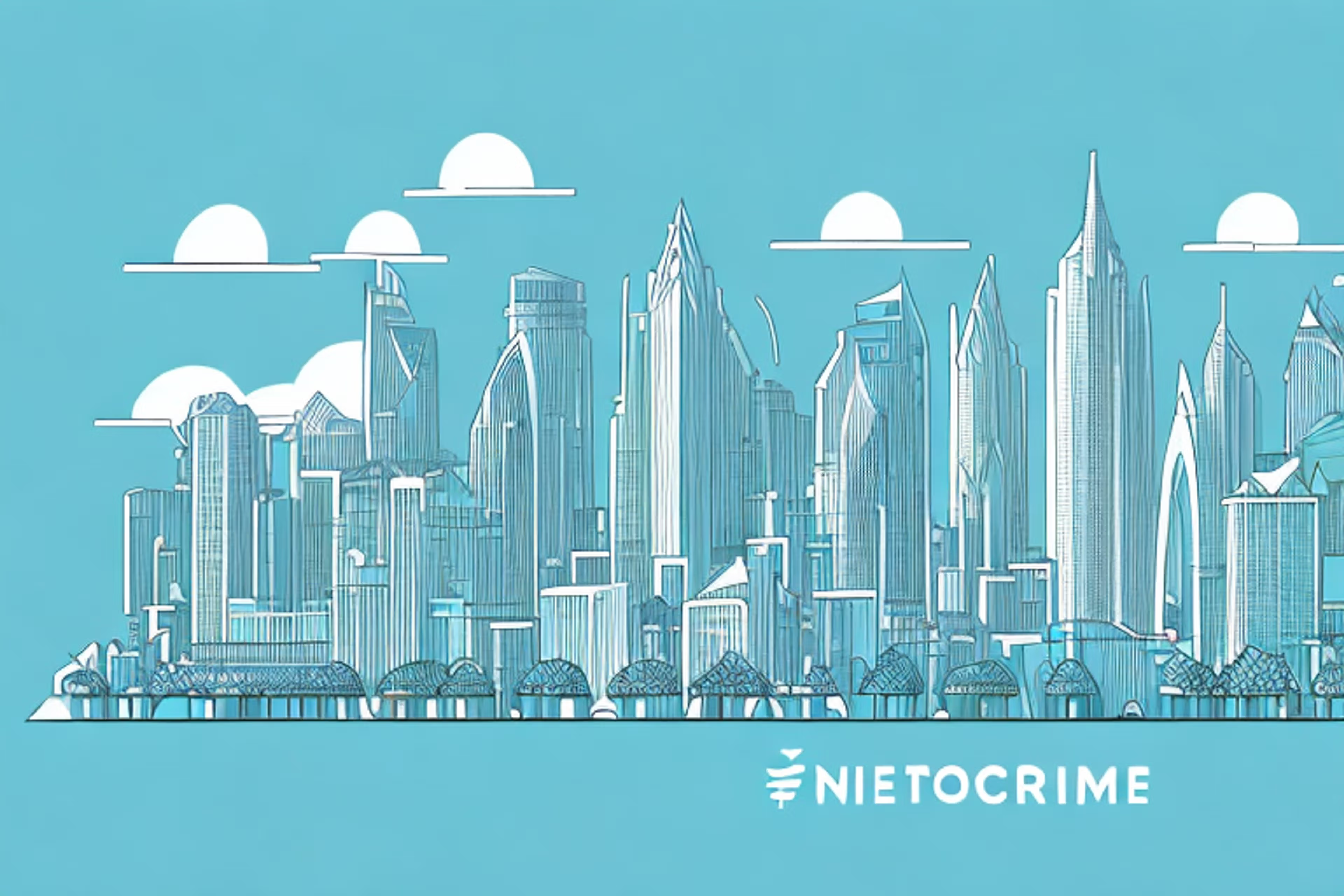The Spotify Model: A Revolutionary Approach to Agile Product Development
Discover how the Spotify Model is transforming the way companies approach agile product development.
Posted March 6, 2025

Table of Contents
Are you tired of the slow, tedious process of traditional product development? Do you want to find a way to quickly and efficiently innovate and iterate your products? Look no further than the Spotify model, a revolutionary approach to Agile Product Development that has taken the tech industry by storm.
How Spotify's Agile Product Development Model Works
The Spotify model is centered around the idea of autonomy and cross-functional teams. Instead of assigning specific roles and tasks to individuals, Spotify's model places emphasis on creating "squads" - small, self-organizing teams of no more than eight people. These squads are responsible for working together on specific features or areas of the product, allowing for quicker decision-making, faster iteration, and greater ownership of projects.
These squads are then organized into "tribes," or larger groups of squads that collaborate across different areas of the product. Each tribe has a designated product owner who works with the squads to prioritize projects and ensure a clear understanding of business objectives.
Beyond the squads and tribes, the model also includes "chapters" - groups of individuals who share a common skillset or area of expertise. Chapters provide a way to grow and develop skills across the organization, as well as connect like-minded individuals for knowledge-sharing and collaboration. Finally, "guilds" serve as a way to connect individuals with shared interests across tribes and chapters, fostering community and innovation.
One of the key benefits of the Spotify model is its ability to scale and adapt to changing business needs. As the company has grown, it has been able to maintain its agile approach by creating new squads, tribes, chapters, and guilds as needed. This has allowed Spotify to continue to innovate and deliver new features to its users at a rapid pace, while also fostering a culture of collaboration and continuous learning.
The Benefits of Adopting the Spotify Model for Your Team
Adopting the Spotify model can lead to numerous benefits for your team and your product. First and foremost, it allows for greater autonomy and ownership for individuals within their squads, fostering a sense of ownership and pride in their work. The model also encourages cross-functional collaboration and communication, breaking down silos and allowing for faster decision-making and delivery.
Additionally, the focus on career development through chapters and guilds can help retain top talent and foster a culture of continuous improvement and growth.
Another benefit of adopting the Spotify model is the emphasis on experimentation and innovation. The model encourages teams to try new things and take risks, which can lead to breakthrough ideas and solutions. This approach also allows for quick iteration and adaptation, as teams can easily pivot and adjust their strategies based on feedback and data.
Key Principles of the Spotify Model for Agile Product Development
While the specifics of implementing the Spotify model may differ from organization to organization, there are several key principles that underpin its success. These include prioritizing autonomy and cross-functional teams, encouraging innovation and experimentation, fostering a culture of continuous improvement, and creating a clear understanding of business objectives and priorities.
Another important principle of the Spotify model is the use of squads, tribes, chapters, and guilds to organize teams and facilitate communication and collaboration. Squads are small, cross-functional teams that work together on a specific product or feature. Tribes are collections of squads that share a common mission or goal. Chapters are groups of individuals with similar skills or expertise who work across different squads and tribes. Guilds are communities of practice that bring together individuals with shared interests or passions to share knowledge and best practices.
A Closer Look at the Squads, Tribes, Chapters and Guilds in the Spotify Model
Each component of the Spotify model serves a specific purpose in creating a cohesive and effective product development team. Squads are the building blocks of the model, working together to deliver on specific features or areas of the product. Tribes provide a way to organize and coordinate across different squads and areas of expertise, while chapters and guilds allow for career development, knowledge-sharing, and community building.
One of the key benefits of the Spotify model is its flexibility. The model allows for teams to adapt and evolve as the product and company grow. Squads can be reorganized or disbanded as needed, and tribes can be formed or dissolved based on changing priorities. Chapters and guilds also provide opportunities for team members to explore new areas of interest and expertise, and to connect with colleagues across the organization. This flexibility and adaptability is a key factor in the success of the Spotify model.
How to Implement the Spotify Model for Your Team: A Step-by-Step Guide
Implementing the Spotify model for your team can seem daunting, but it doesn't have to be. First and foremost, it's important to gain buy-in from leaders and stakeholders to ensure a smooth transition. From there, defining clear roles, responsibilities, and team structures is imperative. It can also be helpful to pilot the model with a smaller team before rolling it out more broadly.
Perhaps most importantly, however, is fostering a culture of trust and communication. The Spotify model relies heavily on individuals taking ownership of their work and collaborating effectively with others across different squads and areas of expertise. Open communication and a sense of autonomy can help set the stage for success.
Another key aspect of implementing the Spotify model is regularly reassessing and adjusting the team structures and processes. As the team grows and evolves, it's important to ensure that the model is still meeting the needs of the organization and its goals. This may involve tweaking roles and responsibilities, adjusting team sizes, or even experimenting with new ways of working. By staying flexible and adaptable, teams can continue to reap the benefits of the Spotify model over the long term.
Success Stories of Companies That Have Used the Spotify Model
The success of the Spotify model is well-documented, with many companies reporting significant improvements in team collaboration, product delivery times, and overall productivity. Notable adopters of the model include Zalando, Philips, and ING Bank.
Zalando, a European fashion and technology company, adopted the Spotify model in 2015 to improve their product development process. They reported that the model helped them to better align their teams and improve communication, resulting in faster delivery times and higher quality products. Similarly, Philips, a global healthcare technology company, implemented the model in their software development teams and saw a 40% increase in productivity. ING Bank, a Dutch multinational banking and financial services corporation, also adopted the Spotify model and reported improved collaboration and faster delivery times.
Common Challenges in Adopting the Spotify Model and How to Overcome Them
While the Spotify model can lead to many benefits, it's not without its challenges. Common obstacles in adopting the model include resistance to change, lack of alignment with company culture, and difficulty in scaling the model across larger organizations. To overcome these challenges, it's important to address them head-on and take a thoughtful, intentional approach to implementation.
The Future of Agile Product Development: Trends and Innovations Inspired by the Spotify Model
The Spotify model has already inspired numerous innovations in Agile product development, and it's likely that we will continue to see its impact in the years to come. Some trends to watch for include even greater emphasis on cross-functional collaboration, increased use of data and analytics to inform decision-making, and a heightened focus on user-centric design and product development.
Pros and Cons of Using the Spotify Model for Agile Product Development
As with any product development model, the Spotify model has its pros and cons. On the one hand, it offers a more autonomous, cross-functional approach to product development that can lead to faster iteration times and greater employee engagement. On the other hand, it may be difficult to implement in larger organizations or those with deeply ingrained hierarchical structures.
Case Study: How a Company Improved Their Productivity by Implementing the Spotify Model
A case study by software consultancy ThoughtWorks examined how one company, a multinational financial services firm, improved their product development productivity by implementing the Spotify model. The company reported significant improvements in speed and agility, as well as increased employee satisfaction and retention.
Expert Opinions on Why the Spotify Model is a Game-Changer in Agile Product Development
Experts in Software Development and Project Management have been quick to praise the Spotify Model for its innovative approach to Agile product development. According to Agile expert Martin Fowler, the model's focus on autonomous teams and cross-functional collaboration makes it "one of the strongest organizational approaches for Agile development." Likewise, technology blogger and Cloud Native Computing Foundation executive Sarah Novotny notes that the Spotify model helps foster "a culture of learning and innovation."
Conclusion
The Spotify model represents a paradigm shift in Agile Product Development, emphasizing autonomy, cross-functional collaboration, and continuous improvement. While implementing the model may not be easy, its adoption has led to significant improvements in team productivity, product delivery times, and employee engagement and retention. Moving forward, it will be interesting to see how organizations continue to innovate and iterate on the Spotify model to meet the needs of a constantly evolving tech landscape.

















